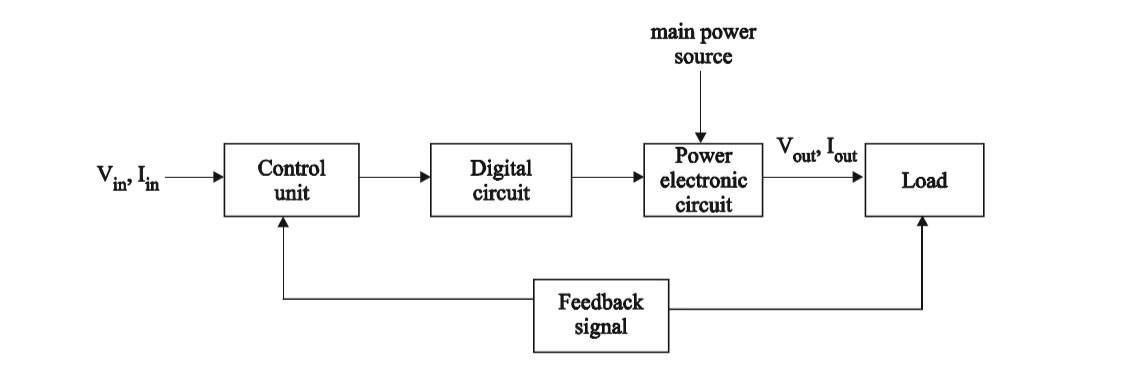Power Electronic
INTRODUCTION
Power natural philosophy partially begins to power engineering and partially to natural philosophy engineering. Power engineering is principally involved with generation, transmission distribution and utilization of electrical energy at higher potency. natural philosophy engineering is target-hunting by distortionless production, transmission and reception of knowledge and signals of a really low power level.
Few Power Electronics Applications
| Telecommunication | Battery chargers |
| Commercial | Elevators, Light dimmers |
| Aerospace | Satellite power supply |
| Industrial | Compressors, industrial lasers |
| Residential | Air-conditioning, cooking, dryers and fans |
Advantages of Power Electronics
- Fast dynamic response
- Long life and less maintenance
- Small size and less weight
- High reliability
- Higher efficiency due to low loss
Disadvantages of Power Electronics
- It has a low overload capacity
- In Load circuit, the performance of load is influenced.
- A tendency to generate harmonics.
- Regeneration of power is difficult.
- AC to DC and AC to AC converters operate at low input powers factor under certain operating conditions.
Power electronic systems
- Main unit (switching unit).
- Control unit (PWM unit).
- Feed back unit.
- AC-AC converter – AC voltage regulator, cyclo-converter matrix converter.
- AC-DC converter – Phase control rectifier, SMPS
- DC-AC converter – Inverters
- DC-DC converter – Choppers
Fig: Power electronic systems
Types of power electronic converters
| S/L NO. | Name of the device | Type of conversion |
| 1. | AC-DC converter (phase controlled rectifier) | constant AC voltage to variable DC output voltage |
| 2. | Diode Rectifier | variable AC input to fixed DC voltage |
| 3. | DC-AC converters (inverter) | fixed AC to variable ac |
| 4. | DC-DC converters (choppers) | fixed DC input to controllable DC output voltages |
| 5. | Static switches | A device that transfers electrical source to another source without interruption. |
| 6. | AC-AC converters (a) AC voltage controllers (b) Cyclo-converters |
fixed AC input to variable AC output voltage. fixed AC voltage to variable AC voltage. Convert input power at one frequency to output power at the different frequency. |
Classification of various semiconductor devices
1. Thyristor: Controlled turn-on by a gate signal. After thyristor is ON, they remain latched in the state due to an internal action of gate losses control. Turning off can be achieved by the power circuit.
Ratings: 6000 V, 3500 A, 1 kHz
2. Diodes: Uncontrolled rectifying devices ON and OFF states are controlled by the power supply.
Ratings: 3000 V, 3500 A, 1 kHz.
3. Controllable switches: These can be turned-ON and turned-OFF by the application of control signals.
Example: BJT, MOSFET, GTO, SITH, IGBT, SIT, MCT.
| SL NO. | Name of the device | Voltage, current and frequency rating |
| 1. | MOSFET | 1000 V, 50 A, 100 kHz |
| 2. | BJT | 1200 V, 400 A, 10 kHz |
| 3. | MCT | 600 V, 60 A, 20 kHz |
| 4. | IGBT | 1200 V, 400 A, 20 kHz |
| 5. | GTO | 4000 V, 3000 A, 10 kHz |
